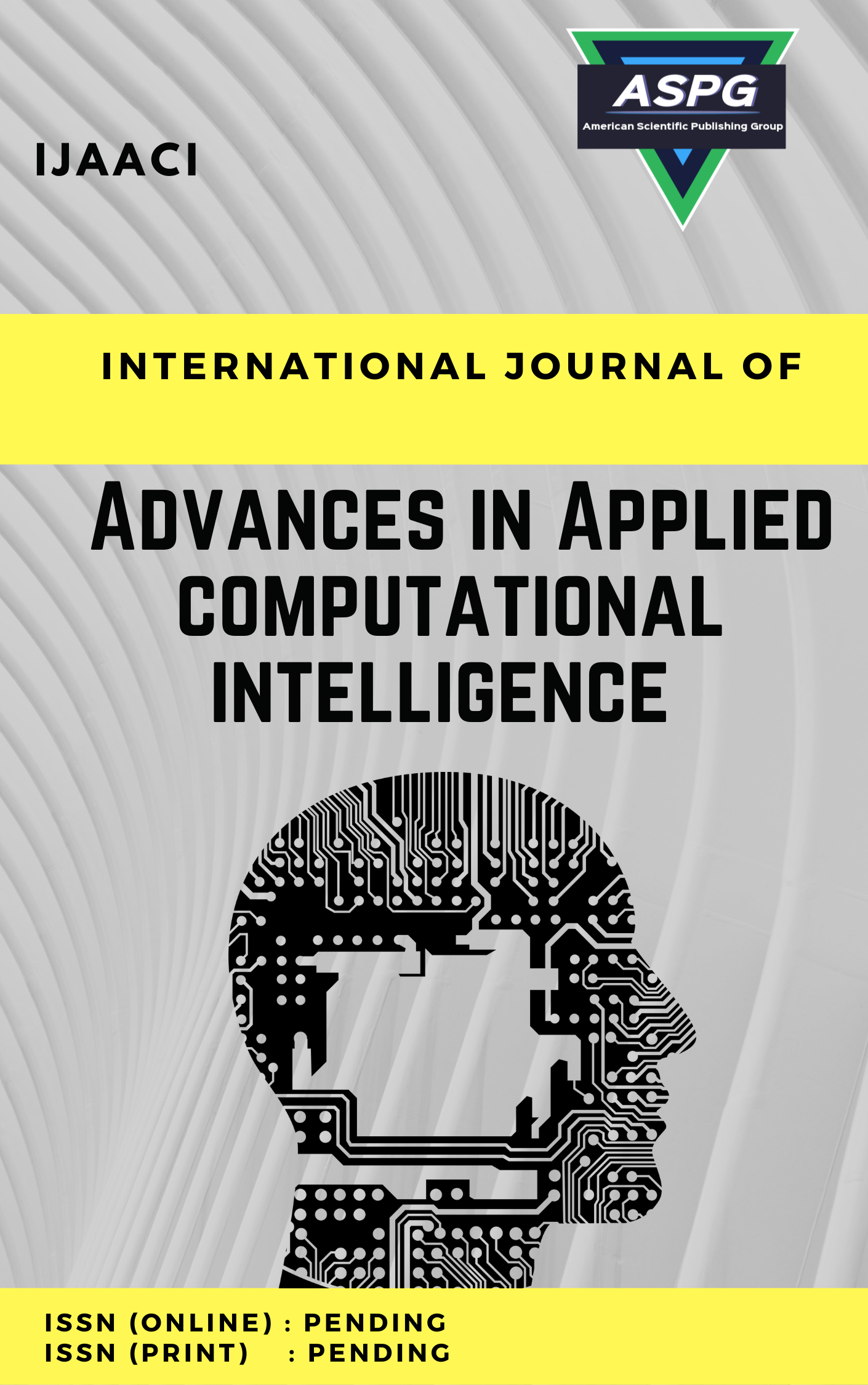

The depletion of fossil fuel reserves, rising fuel costs, and heightened awareness of ecological problems are just a few of the recent developments that have contributed to a greater reliance on renewable energy alternatives. There is a growing need to evaluate appropriate locations in order to make the most efficient use of renewable energy alternatives. This research looks at the parameters that determine how well-spaced solar farms can be in Egypt. So, the multi-criteria decision-making (MCDM) methodology is used to deal with these criteria. The MCDM is a hybrid with the neutrosophic set to deal with vague information. This paper presented the neutrosophic AHP method to select the best location for solar power (SP). The AHP method is selected to compute the weights of factors in an easy and efficient way. This paper collected the criteria from previous work, then evaluated by the experts. The case study in Egypt is presented to select the best location for SP. The sensitivity analysis is presented to show the rank of locations when changing the weights of factors.
Read MoreDoi: https://doi.org/10.54216/IJAACI.020201
Vol. 2 Issue. 2 PP. 08-15, (2022)
Cardiac arrhythmia is a medical disorder, in which the heart beats sporadically or irregularly leading to serious health consequences if left untreated. Early detection of arrhythmias is essential for timely intervention and management of the condition. Recently, there has been a growing interest in using computational intelligence techniques to automatically detect arrhythmias from electrocardiogram (ECG) signals. This approach offers the potential to improve the accuracy and efficiency of arrhythmia detection, as well as reduce the workload on healthcare professionals. This work reviews the current state-of-the-art ML methods for detecting arrhythmias including deep neural networks, support vector machines, and random forests. We will also discuss the challenges associated with using these techniques, such as the need for large and diverse datasets, and the interpretation of model outputs. We also highlight the open research that require further research and development to fully realize the potential of these algorithms in clinical practice.
Read MoreDoi: https://doi.org/10.54216/IJAACI.020202
Vol. 2 Issue. 2 PP. 16-26, (2022)
Adding car-sharing to existing public transit options is a great idea. However, finding the right location for a car-sharing station is difficult. The car-sharing station choice has many conflicting criteria, so the multi-criteria decision-making idea is used to deal with various conflict criteria. The process of choosing a suitable car-sharing station is containing vague and imprecise information. So, the neutrosophic set (NS) is used to overcome this problem. This paper introduced a framework consisting of the weighted aggregated sum product assessment (WASPAS) method with the NS. The WASPAS is an MCDM method. The WASPAS is used to compute the importance of criteria and the importance of alternatives. The WASPAS is a hybrid with interval-valued neutrosophic sets (IVNS). The suggested framework is applied to select car-sharing stations. This paper can help decision-makers in selecting the location to install a car sharing station.
Read MoreDoi: https://doi.org/10.54216/IJAACI.020203
Vol. 2 Issue. 2 PP. 27-36, (2022)
One of the most difficult problems in the water business is the oversight and strategic planning of basin-based water supplies. Governments are concerned with ensuring equitable growth by addressing issues like water scarcity, improving agricultural products, and supporting nutritional health. The primary contribution of this research is the introduction of a methodology for assessing agricultural water delivery systems that allow for collaboration among all stakeholders. The managing the water supply is a MADM. Multi-attribute decision-making (MADM) issues, which are characterized by inadequacy and ambiguity, may be efficiently described using single-valued neutrosophic sets (SVNSs). Several strategies, including the PROMETHEE strategy, are offered to address the MADM issue in SVNSs. The PROMETHEE technique ranks potential solutions by first having the decision maker pick a preferred function for every criterion. In this paper, the SVNS is integrated with the PROMETHEE method for water supply management in smart farming.
Read MoreDoi: https://doi.org/10.54216/IJAACI.020204
Vol. 2 Issue. 2 PP. 37-44, (2022)
An increasingly pressing concern for city planners, housing affordability (HA) is fundamentally a political problem involving the redistribution of city resources. While attention to social policy was and is very important, this is often spatially absent. So, this paper proposed a framework to evaluate sustainable housing affordability (SHA). In this research, we present a method for multi-criteria decision-making (MCDM) issues by adapting the method for ordering preferences according to the degree to which a given solution is like the ideal one (TOPSIS). Experts' assessments of every choice in terms of each criterion are reflected in a single-valued neutrosophic set (SVNS). More gaps in knowledge may be filled in with the help of neutrosophic sets, which are differentiated by their truth, indeterminacy, and falsity values. The SHA is evaluated using the SVNS TOPSIS method. Lastly, an instance illustration is given to showcase the strategy's usefulness and efficacy.
Read MoreDoi: https://doi.org/10.54216/IJAACI.020205
Vol. 2 Issue. 2 PP. 45-53, (2022)